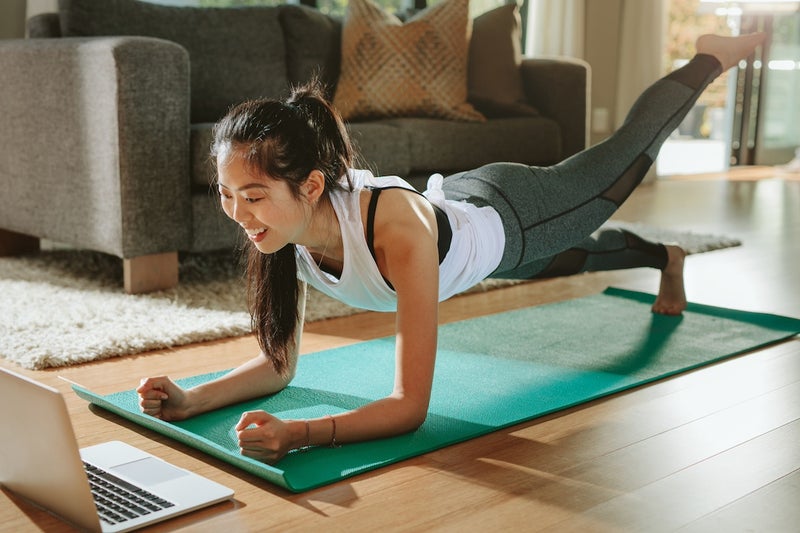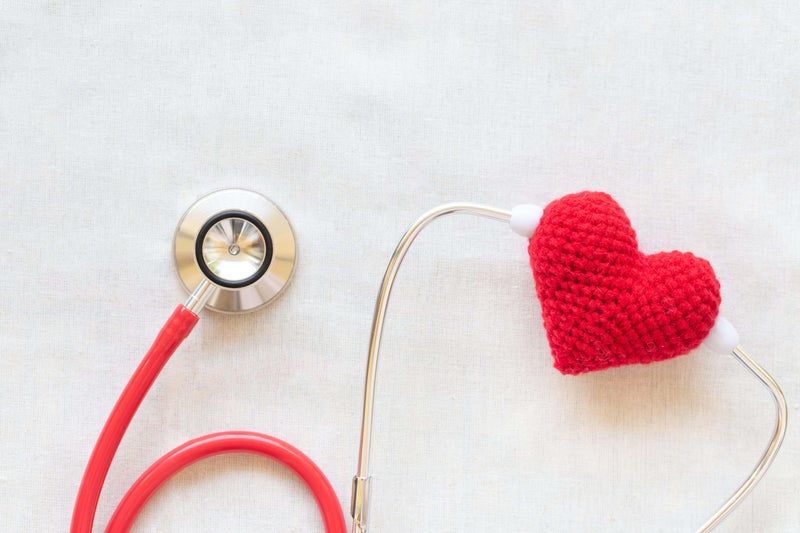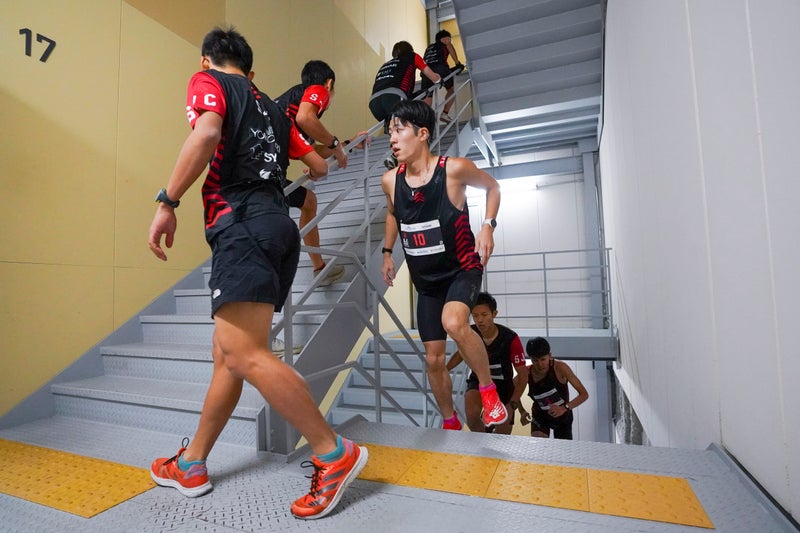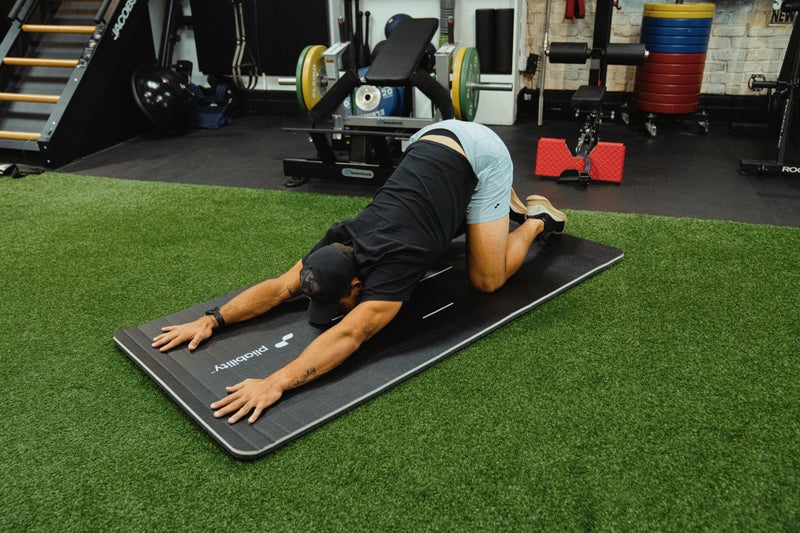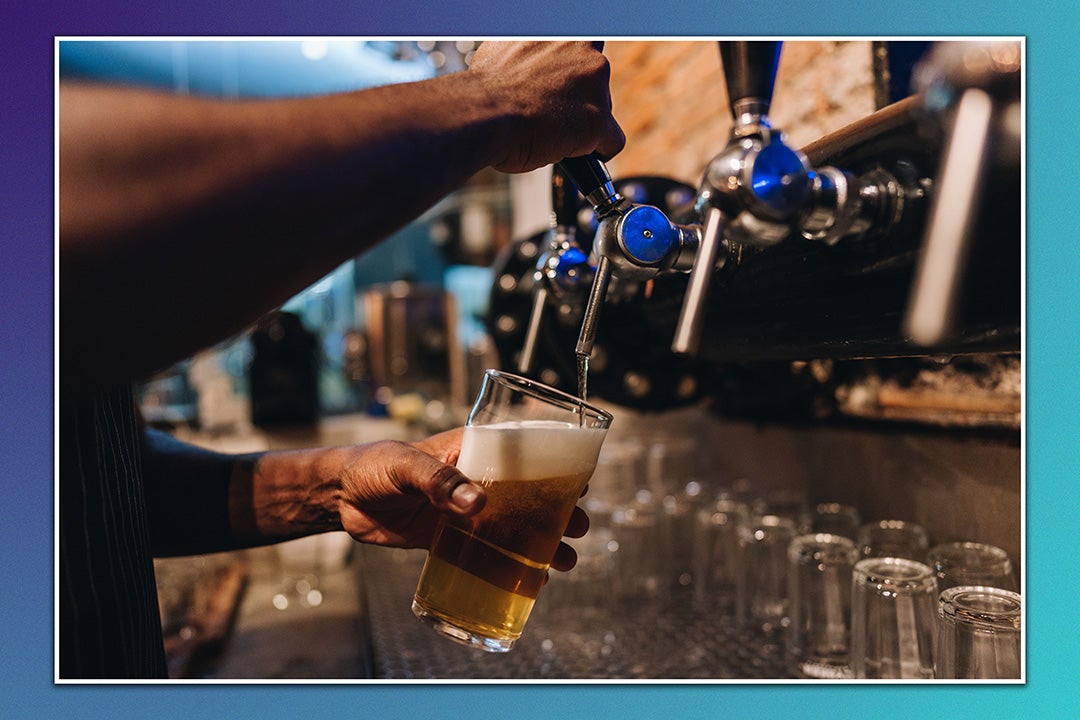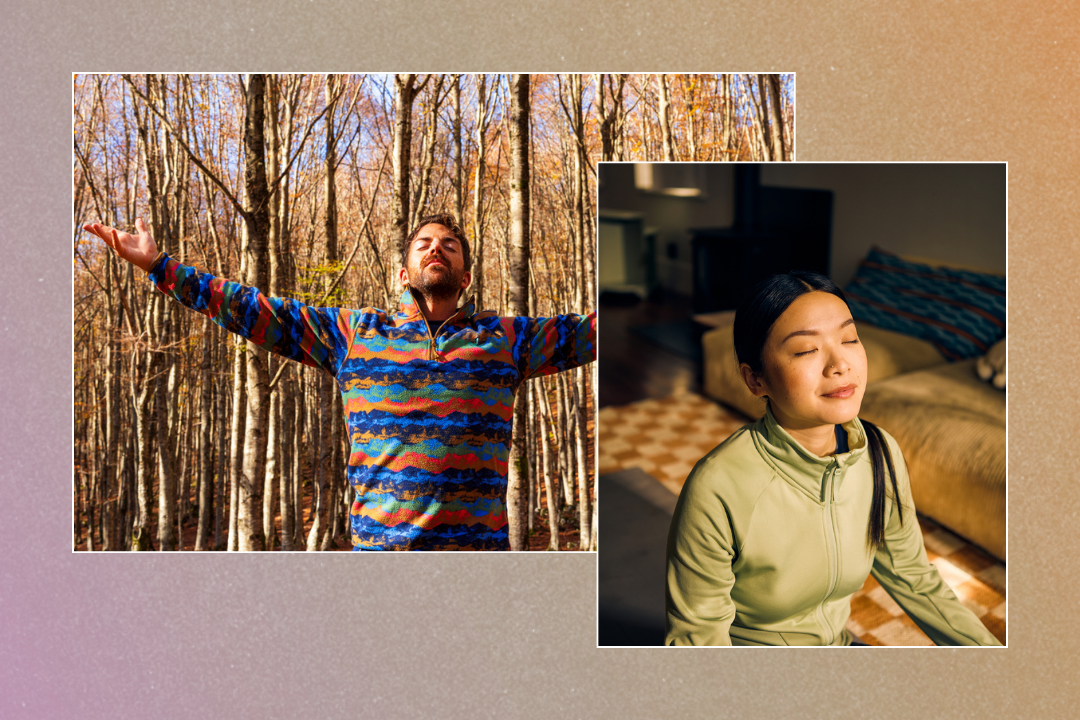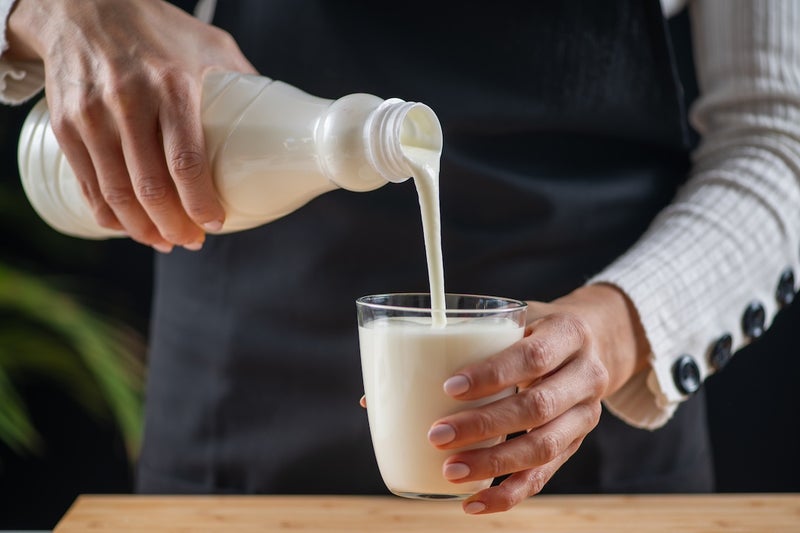Top five Pilates exercises for building muscle, according to a physiotherapist
Top five Pilates exercises for building muscle, according to a physiotherapist
Share:
Think Pilates and gains are incompatible? Think again. Pilates is a go-to exercise style for anyone seeking better mobility and flexibility. It relies on slow, purposeful movements that stretch and tone muscles in flow-like sequences. As such, it’s not typically considered the best form of exercise for building muscle – not compared to something like weightlifting anyway. However, the idea that you can’t build strength from Pilates is a myth.
You only need to look to viral videos of musclebound gym bros struggling with a slow resistance move on a reformer machine to see how much strength is required for Pilates. Of course with equipment like a reformer machine which is loaded with springs that provide a huge amount of tension, strengthening muscles is much easier, but it can be done with mat Pilates too. If you’re just starting your strength training journey, simple mat Pilates moves can be a great way to start. If you’re an intermediate, you can add heavier hand weights and more resistance with firmer bands or adapt your exercises to make them harder.
“When you start resistance training, you often experience really quick improvements in your strength,” explains O’Leary. “However, these improvements are as a result of what we call neuromuscular adaptation. This means that the part of your brain responsible for movement control gets better at sending messages to the muscles to tell them to contract at an appropriate intensity. Through many repetitions, this neural pathway gets more effective and we get better at 'firing' up the muscle.”.
However, explains O’Leary, in order for muscles to get better at generating force you need to be training them consistently. Ideally two to three times a week for a minimum of three to four months. This means sticking at your Pilates practice if you want to see results, especially where muscle is concerned. “For true strength gains and changes within the muscle, we need to get to the point where we are using enough resistance that the muscles can get relatively tired within a short space of time,” says O’Leary. “At the end of a set of exercise repetitions you want to work hard enough that you feel that you can only perform two to four repetitions more, with good form. This should be getting close to not being able to physically move the weight. A mistake people make is underestimating where this point of fatigue and failure is and they often can do much more than they think.”.
Once you have been doing resistance exercises for a couple of weeks, they might start to feel quite easy. This is because your muscles have adapted to the new challenge, but in order to get stronger they need to be challenged beyond what they can normally do. At this point we want to progress the workload that we are doing - rather than doing the same thing month after month. Progressive overload is a key principle of strength training and though you might not associate it with Pilates, it’s relevant to any exercise, especially where resistance is present. The idea in simple terms is that once an exercise stops feeling challenging you should either add a little more weight, or increase the number of repetitions or sets you’re doing.
Below Helen O’Leary shares five easy moves for building and strengthening muscles with simple Pilates exercises. You just need an exercise mat for these and you can do them anywhere. Knee hovers are a great exercise for strengthening the shoulders, arms, and abdominals. How to do it:. Dead Bug is a great exercise for strengthening the abdominals. It can be made easier, by placing one or both feet on the floor, and adding leg slides. It can be made more challenging by adding resistance bands or holding weights.
Single leg bridge is a great exercise for building strength in the gluteus maximus - one of the most powerful muscles of the lower body. This can be made easier by performing with both feet on the ground. Side lift is a great exercise for working the lateral abdominal and back muscles, and static shoulder strength. Leg Pull is a progression of a plank - great for strengthening shoulders, arms, abdominal and back muscles.
When you’re training any muscle in your body, however gently, it’s important to respect your limits and allow for rest and recovery. “When you strength train, the adaptations occurring in your nervous system and muscle tissues are occurring in the rest periods, not during the exercise,” explains O’Leary. “So you need to factor in the rest days with the resistance training days to see results. If not, you compromise your body's ability to improve and this might show up in fatigue, recurrent infections or injury.”.
